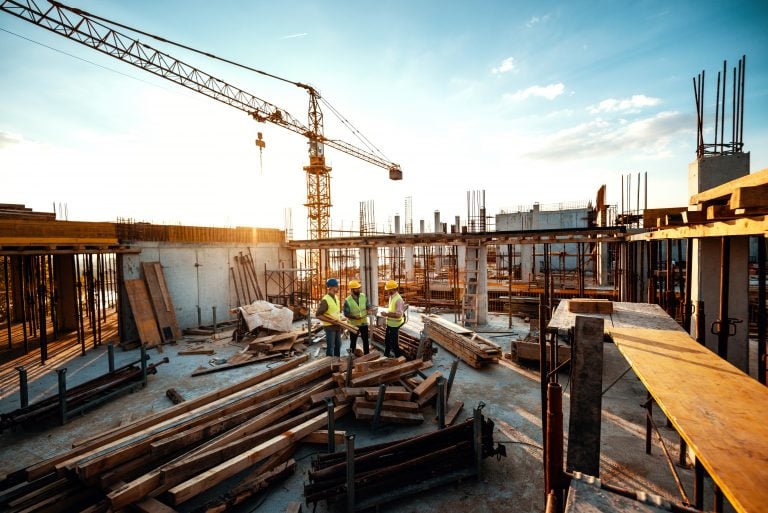Nature in Contracts
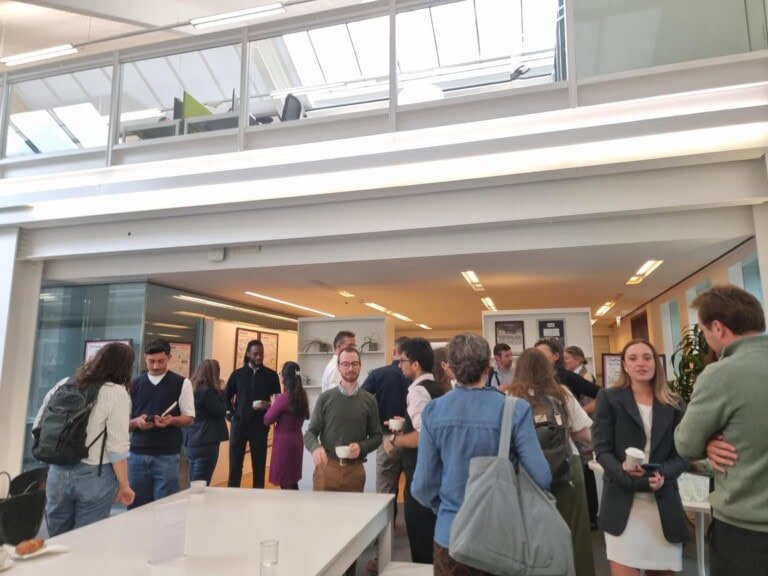
Yesterday, we joined over 50 individuals from across industry for the “Nature in Contracts” in-person event, a collaborative effort led by The Chancery Lane, and strongly supported by Hoare Lea and us at UKGBC.
It was inspiring to see such an engaged room discussing how something as technical as contracts can actually become a lever for real change.
In my lightning talk, I drew on our work at UKGBC developing the Framework Definition for a Nature-Positive Built Environment, for which we are collaborating with the industry to help add clarity on what nature-positive really means for our sector, and I’m excited to share some of those insights below.
For me, the most important thing about contracts is this: they aren’t just paperwork or protection for liability. They can drive accountability, foster collaboration, and embed nature-positive action throughout the built environment.
Why Nature-Positive Matters
The global goal is clear: to halve and reverse biodiversity loss by 2030 and to be nature-positive by 2050.
The urgency is real. In just 50 years, global wildlife populations have collapsed by 73 percent. In the UK, wildlife has fallen by 9 percent since 1970, on top of centuries of decline. These numbers can feel abstract, and it is easy to feel detached from them.
But let me bring it closer to home. Nature has no boundaries. Ecosystems are continuous, and depletion here or on the other side of the world ultimately affects the air we breathe, the water we drink, and the materials we rely on- where the most vulnerable ones are the most affected.
When nature is depleted, people and businesses are at risk. The physical, financial, social, and moral consequences of inaction are enormous, and I am sure that anyone reading this blog would like a limited and depleted future.
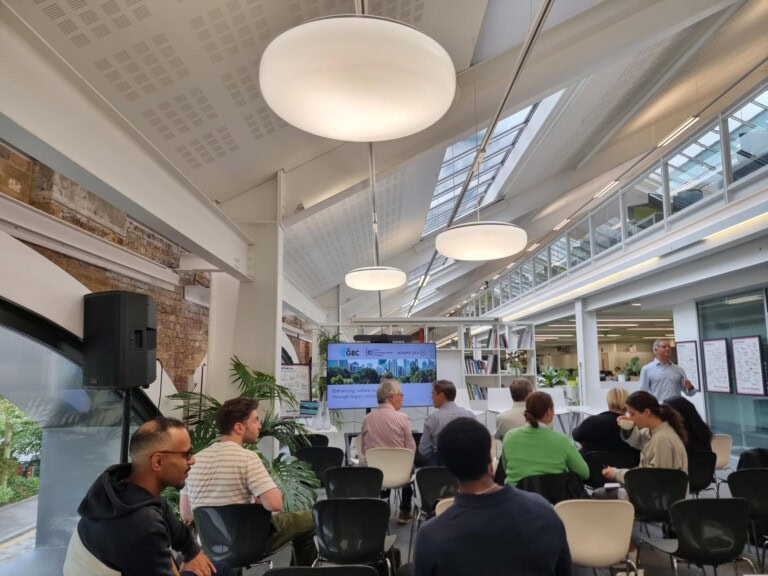
The built environment’s role
The built environment sits at the heart of this challenge, but for the same reason, is a huge part of the solution.
If you consider that over half of all global resource extraction feeds construction, and that cities drive 75% of biodiversity loss through land use, material demand, and energy use, how much good, how much nature enhancement , could we give back to nature if we acted appropriately for it?
There are so many chances where we can get this right. Every stage of the building cycle, from materials to operation to waste, leaves an impact on nature. How could it be if that impact were positive?
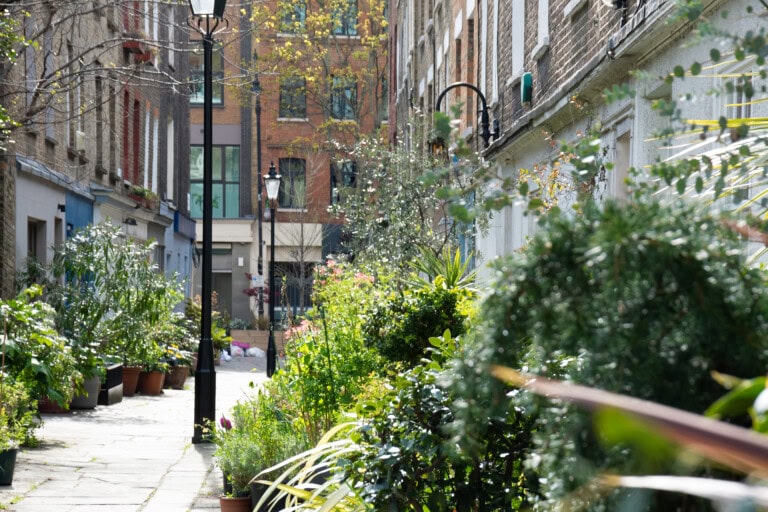
The exam question is: What actions can the built environment take to halt biodiversity loss and enhance nature? And ultimately, what does a nature-positive built environment look like?
A Framework for Change
This is where UKGBC’s Framework Definition for a Nature-Positive Built Environment comes in.
As project lead, I’ve seen how valuable it can be to have a shared vision that sets out scope, responsibilities, and the concrete actions needed to reverse biodiversity loss. The framework is about ensuring that across organisations, projects, and supply chains, stakeholders are aware of their impacts and equipped to make better decisions for nature at every stage.
Here is where contracts can come in.
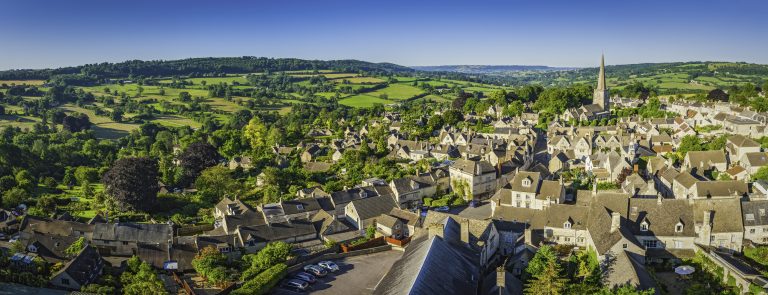
Why Contracts?
There is no single silver bullet to becoming nature-positive. We need a diversity of actions, and contracts can be one practical tool we have for adding business resilience, as well as, and most importantly, environmental resilience.
Here’s What I Captured from the Discussions
Nature as an Investment
Clarity and Pragmatism
Complexity and Integration
Metrics and Patience
Supply Chain and Maintenance
“Business is such a powerful creative force on this planet; a force that is able to contribute either constructively or destructively to the future vitality of life on Earth.”
— Giles Hutchins, Regenerative Leadership
Contracts aren’t just paperwork. Done well, they turn intentions into action, align stakeholders, and help the built environment leave a positive legacy for people and nature.
A Powerful Reminder
Yesterday’s conversations reminded me just how much power our industry holds, and how much responsibility comes with it. If we can make even our contracts vehicles for positive change, then we are taking action in our hands (and paper) to lock in the shift in our system towards a future where both people and nature thrive.
Related
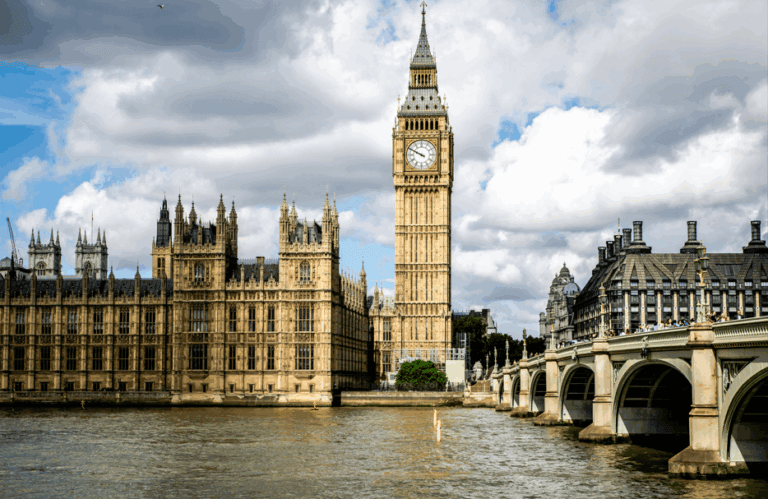
Embodied Carbon Summit 2025

UKGBC announces new Regenerative Places Framework Task Group

Taking Action for Consistent Early-Stage Embodied Carbon Measurement
